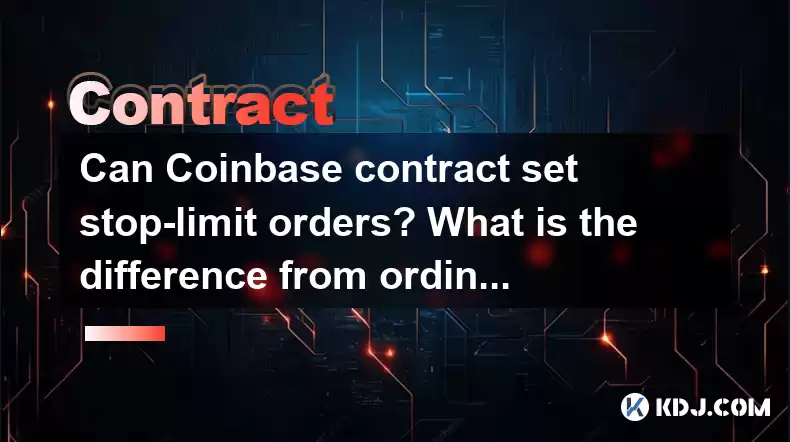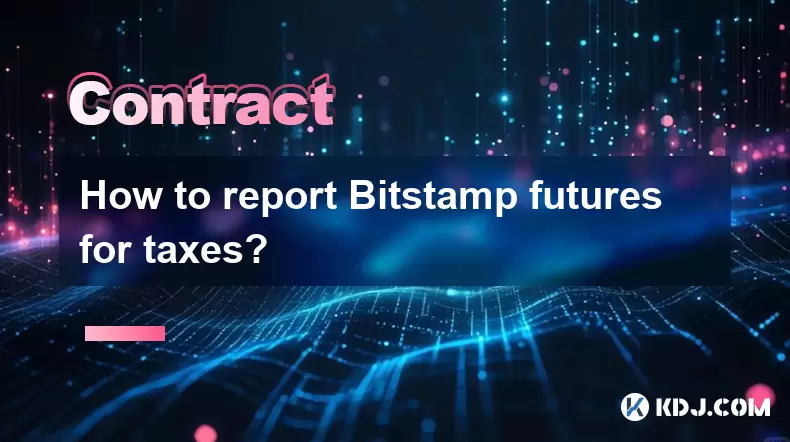-
 Bitcoin
Bitcoin $115200
0.71% -
 Ethereum
Ethereum $3716
6.25% -
 XRP
XRP $3.076
5.28% -
 Tether USDt
Tether USDt $0.0000
0.00% -
 BNB
BNB $766.7
1.87% -
 Solana
Solana $168.5
4.16% -
 USDC
USDC $0.9999
0.00% -
 TRON
TRON $0.3326
1.79% -
 Dogecoin
Dogecoin $0.2093
5.14% -
 Cardano
Cardano $0.7543
4.02% -
 Stellar
Stellar $0.4147
4.43% -
 Hyperliquid
Hyperliquid $38.59
0.71% -
 Sui
Sui $3.594
4.51% -
 Chainlink
Chainlink $17.13
5.12% -
 Bitcoin Cash
Bitcoin Cash $558.9
2.49% -
 Hedera
Hedera $0.2519
1.51% -
 Avalanche
Avalanche $22.91
7.05% -
 Ethena USDe
Ethena USDe $1.001
0.00% -
 Litecoin
Litecoin $120.3
10.01% -
 Toncoin
Toncoin $3.419
-4.46% -
 UNUS SED LEO
UNUS SED LEO $8.921
-0.34% -
 Shiba Inu
Shiba Inu $0.00001249
2.39% -
 Uniswap
Uniswap $9.944
8.41% -
 Polkadot
Polkadot $3.728
3.18% -
 Monero
Monero $308.0
1.78% -
 Dai
Dai $0.9998
-0.02% -
 Bitget Token
Bitget Token $4.389
1.58% -
 Pepe
Pepe $0.00001075
2.71% -
 Cronos
Cronos $0.1397
6.39% -
 Aave
Aave $269.7
3.95%
Can Coinbase contract set stop-limit orders? What is the difference from ordinary stop loss?
Coinbase's stop-limit orders let traders set a stop price and a limit price, offering more control over trade execution than ordinary stop-loss orders.
Apr 28, 2025 at 12:21 am

Coinbase, one of the leading cryptocurrency exchanges, offers various order types to its users, including stop-limit orders. Understanding the functionality of stop-limit orders and how they differ from ordinary stop-loss orders is crucial for traders looking to manage their risks effectively on the platform.
What are Stop-Limit Orders on Coinbase?
Stop-limit orders on Coinbase are a type of order that combines the features of a stop order and a limit order. When a trader places a stop-limit order, they specify two price levels: the stop price and the limit price. The order becomes active and turns into a limit order once the market price reaches the stop price. For instance, if a trader wants to sell Bitcoin (BTC) at $30,000 but only if the price falls to $29,000, they can set a stop price of $29,000 and a limit price of $30,000.
How to Set a Stop-Limit Order on Coinbase
Setting up a stop-limit order on Coinbase involves a few straightforward steps:
- Log into your Coinbase account and navigate to the trading page.
- Select the cryptocurrency you want to trade, such as BTC/USD.
- Click on the "Buy/Sell" button and choose "Advanced Order Form."
- Select "Stop-Limit Order" from the order type dropdown menu.
- Enter the stop price and the limit price. For example, if you're setting a sell order, enter the stop price at which you want the order to trigger and the limit price at which you want the order to execute.
- Specify the amount of cryptocurrency you want to trade.
- Review your order and click "Place Order" to submit it.
Difference Between Stop-Limit Orders and Ordinary Stop-Loss Orders
While both stop-limit orders and ordinary stop-loss orders are used to manage risk, there are key differences between them. Ordinary stop-loss orders are designed to sell a cryptocurrency when its price reaches a specified level, known as the stop price. Once the stop price is reached, the order turns into a market order, which means it will be executed at the best available price at that moment.
In contrast, stop-limit orders add an additional layer of control by allowing traders to set a limit price. This means that once the stop price is reached, the order becomes a limit order and will only be executed at the specified limit price or better. This can be particularly useful in volatile markets, where the price may drop rapidly below the stop price before a trader can react.
Advantages of Using Stop-Limit Orders on Coinbase
Using stop-limit orders on Coinbase offers several advantages for traders:
- Precision in Execution: By setting both a stop price and a limit price, traders can have more control over the execution price of their trades.
- Protection Against Slippage: In highly volatile markets, stop-limit orders can help protect against slippage, which occurs when there is a difference between the expected price of a trade and the price at which the trade is executed.
- Flexibility: Traders can use stop-limit orders for both buying and selling, allowing them to set up automatic trades based on their market predictions.
Limitations of Stop-Limit Orders on Coinbase
While stop-limit orders provide significant benefits, they also come with certain limitations:
- Execution Risk: If the market price moves quickly past the stop price and does not reach the limit price, the order may not be executed at all. This can happen in fast-moving markets where the price gaps significantly.
- Complexity: Setting up a stop-limit order requires more input from the trader compared to a simple stop-loss order, which might be challenging for beginners.
- Market Conditions: The effectiveness of stop-limit orders can be influenced by market liquidity and volatility. In low liquidity markets, there might not be enough buyers or sellers to fill the order at the specified limit price.
Practical Example of Using Stop-Limit Orders on Coinbase
To illustrate how stop-limit orders work in practice, consider a scenario where a trader owns Ethereum (ETH) and wants to protect their investment from a potential price drop. The current price of ETH is $2,000, and the trader believes that if the price falls to $1,900, it might continue to drop further. To mitigate this risk, the trader decides to set a stop-limit order.
- Stop Price: $1,900
- Limit Price: $1,850
- Amount: 1 ETH
If the price of ETH falls to $1,900, the stop-limit order will be triggered, turning into a limit order to sell 1 ETH at $1,850 or better. This setup allows the trader to potentially sell their ETH before the price drops further, while still having control over the minimum price at which the sale will occur.
Frequently Asked Questions
Q: Can I cancel a stop-limit order on Coinbase after it has been placed?
A: Yes, you can cancel a stop-limit order on Coinbase at any time before it is executed. To do this, navigate to the "Orders" section of your account, find the stop-limit order you want to cancel, and click on the "Cancel" button next to it.
Q: Does Coinbase charge any additional fees for using stop-limit orders?
A: Coinbase does not charge additional fees specifically for using stop-limit orders. However, the standard trading fees for the cryptocurrency you are trading will still apply.
Q: Can I use stop-limit orders for all cryptocurrencies available on Coinbase?
A: Stop-limit orders are available for most cryptocurrencies on Coinbase, but it's important to check the specific trading pairs you are interested in, as some may have different order types available.
Q: How can I monitor my stop-limit orders on Coinbase?
A: You can monitor your stop-limit orders by going to the "Orders" section of your Coinbase account. Here, you will see a list of all your active and recently executed orders, including stop-limit orders.
Disclaimer:info@kdj.com
The information provided is not trading advice. kdj.com does not assume any responsibility for any investments made based on the information provided in this article. Cryptocurrencies are highly volatile and it is highly recommended that you invest with caution after thorough research!
If you believe that the content used on this website infringes your copyright, please contact us immediately (info@kdj.com) and we will delete it promptly.
- Cryptocurrency, Altcoins, and Profit Potential: Navigating the Wild West
- 2025-08-04 14:50:11
- Blue Gold & Crypto: Investing Disruption in Precious Metals
- 2025-08-04 14:30:11
- Japan, Metaplanet, and Bitcoin Acquisition: A New Era of Corporate Treasury?
- 2025-08-04 14:30:11
- Coinbase's Buy Rating & Bitcoin's Bold Future: A Canaccord Genuity Perspective
- 2025-08-04 14:50:11
- Coinbase's Buy Rating Maintained by Rosenblatt Securities: A Deep Dive
- 2025-08-04 14:55:11
- Cryptos, Strategic Choices, High Returns: Navigating the Meme Coin Mania
- 2025-08-04 14:55:11
Related knowledge

Why is my Bitstamp futures position being liquidated?
Jul 23,2025 at 11:08am
Understanding Futures Liquidation on BitstampFutures trading on Bitstamp involves borrowing funds to open leveraged positions, which amplifies both po...

How to report Bitstamp futures for taxes?
Jul 30,2025 at 08:35am
Understanding Bitstamp Futures and Taxable EventsWhen trading Bitstamp futures, it’s essential to recognize that these financial instruments are treat...

Does Bitstamp offer inverse contracts?
Jul 23,2025 at 01:28pm
Understanding Inverse Contracts in Cryptocurrency TradingIn the realm of cryptocurrency derivatives, inverse contracts are a specific type of futures ...

What is the difference between futures and perpetuals on Bitstamp?
Jul 27,2025 at 05:08am
Understanding Futures Contracts on BitstampFutures contracts on Bitstamp are financial derivatives that allow traders to speculate on the future price...

How to find your Bitstamp futures trade history?
Jul 23,2025 at 08:07am
Understanding Bitstamp and Futures Trading AvailabilityAs of the current state of Bitstamp’s service offerings, it is critical to clarify that Bitstam...

Can I use a trailing stop on Bitstamp futures?
Jul 23,2025 at 01:42pm
Understanding Trailing Stops in Cryptocurrency TradingA trailing stop is a dynamic type of stop-loss order that adjusts automatically as the price of ...

Why is my Bitstamp futures position being liquidated?
Jul 23,2025 at 11:08am
Understanding Futures Liquidation on BitstampFutures trading on Bitstamp involves borrowing funds to open leveraged positions, which amplifies both po...

How to report Bitstamp futures for taxes?
Jul 30,2025 at 08:35am
Understanding Bitstamp Futures and Taxable EventsWhen trading Bitstamp futures, it’s essential to recognize that these financial instruments are treat...

Does Bitstamp offer inverse contracts?
Jul 23,2025 at 01:28pm
Understanding Inverse Contracts in Cryptocurrency TradingIn the realm of cryptocurrency derivatives, inverse contracts are a specific type of futures ...

What is the difference between futures and perpetuals on Bitstamp?
Jul 27,2025 at 05:08am
Understanding Futures Contracts on BitstampFutures contracts on Bitstamp are financial derivatives that allow traders to speculate on the future price...

How to find your Bitstamp futures trade history?
Jul 23,2025 at 08:07am
Understanding Bitstamp and Futures Trading AvailabilityAs of the current state of Bitstamp’s service offerings, it is critical to clarify that Bitstam...

Can I use a trailing stop on Bitstamp futures?
Jul 23,2025 at 01:42pm
Understanding Trailing Stops in Cryptocurrency TradingA trailing stop is a dynamic type of stop-loss order that adjusts automatically as the price of ...
See all articles

























































































